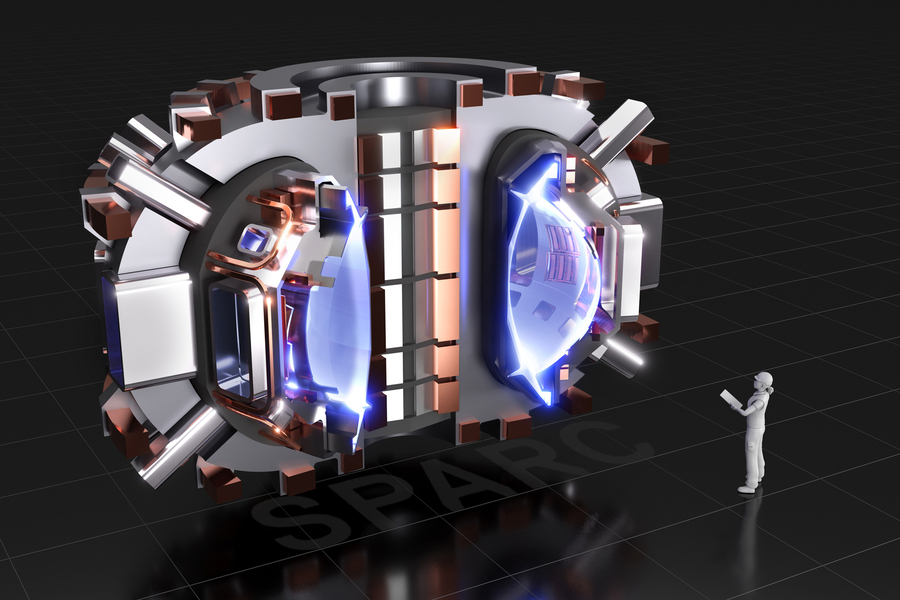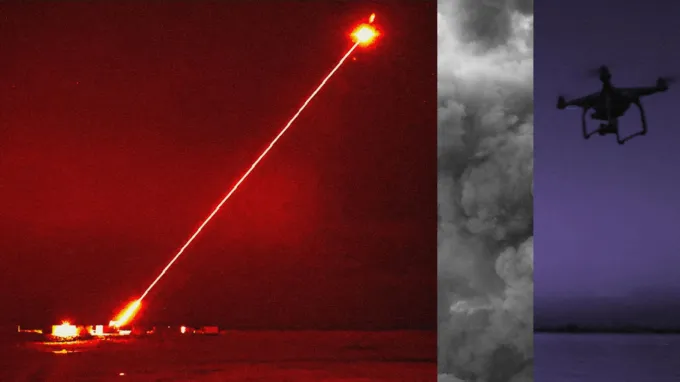Beyond Moore's law (Virtual quantum computers)
"Researchers at City University of Hong Kong have introduced a groundbreaking approach in semiconductor technology using mixed-dimensional transistors. This innovation paves the way for more efficient, high-performance electronics, overcoming the challenges of traditional downscaling and highlighting a significant leap towards advanced, multifunctional integrated circuits." (ScitechDaily, Beyond Moore’s Law: New Strategy for Developing Highly Versatile Electronics With Outstanding Performance Discovered)
The virtual quantum computer.
The new state of magnetism called "alter magnetism" makes it possible to create a microprocessor tower, where each layer acts as one state of the qubit. The University of Hong Kong developed a multi-state transistor. There is the possibility that the next-generation binary computer microchips can involve multiple binary processor layers. Those processor towers can act like virtual quantum computers. In those systems, the AI-based operating system shares data flow into those microchip towers. In those towers, each microchip is one state of the qubit.
And then to the cloud-based systems.
Today, advancement in computer technology is faster than ever before. Open source artificial intelligence and the internet. Along with quantum computers, it is possible to create new and more accurate calculations than ever before. Nanotechnology and quantum engineering don't follow Moore's law.
The quantum computer has shown its ultimate power. The new internet-based solutions make it possible to create multi-level systems that act like quantum computers. There could be multiple networked development units that work with the same kind of tools. The AI-based platforms can see things that they did. And then connect their work into one entirety.
The modern microchip development is more than just making wires and other things. The system is the entirety where the software is integrated with the physical layer. Those nanotechnology-based solutions are more powerful than ever before. Quantum computers are excellent tools, and they can operate robots and other things through binary computers. In those systems robots, the system can use binary computers, that the quantum computer controls through the internet.
The morphing neural network can turn the regular, binary networked computers into a system that acts like a quantum computer. In those systems, each binary computer that is in the network operates like one state of the qubit.
The system shares data with each workstation like in a quantum computer. Each binary computer is one qubit state. And then those workstations operate with the data row bites like quantum computers. When the data passes those systems the AI will connect it into one entirety.
However, the AI-controlled environment makes it possible to network multiple binary workstations into one entirety. That system would be the virtual quantum computer.
The calculation system operates like the human brain, in a virtual quantum computer. The system makes the data row like it makes in the Internet and quantum computers, and then it shares the data with multiple binary workstations. In virtual quantum computers, each binary workstation acts as one qubit layer or state. That makes those systems more effective than they have been before.
The AI can break the language barriers between developers, and cloud- based development environment makes it possible for the developer not to travel around the world physically. The person who does R&D work in the USA can use remote desktops and cloud-based workspaces from Stockholm and Helsinki, and the new nano-printers make the new composite materials and other things on the other side of Earth.
Advanced CAM (Computer Aided Manufacturing) systems can create all things in the world, using CAD (Computer Aided Design) images. This is the Internet of Things. The CAD designer makes images and plans like material lists and then sends that thing to the manufacturing platform. The holographic systems allow designers to see what thing like furniture looks like in the room.
The AI sees also things that people will not recognize. The AI can see errors in material homogenous structures. Error detection in the materials is urgent in nanotechnology. Laser-stroboscopes that give attosecond energy bursts can see the individual molecules and even individual electrons. New things like high-temperature superconductors and "Altermagnetism" are the ultimate tools for nanotechnology.
That thing is the tool for making new types of wires, that don't form magnetic fields around them. In some cases, altermagnetism can replace superconducting wires and that thing can make it possible to create new and powerful microchips that don't make the heat around them.
https://scitechdaily.com/beyond-moores-law-new-strategy-for-developing-highly-versatile-electronics-with-outstanding-performance-discovered/
https://scitechdaily.com/the-altermagnetism-breakthrough-a-new-dimension-of-magnetism-explored/
















